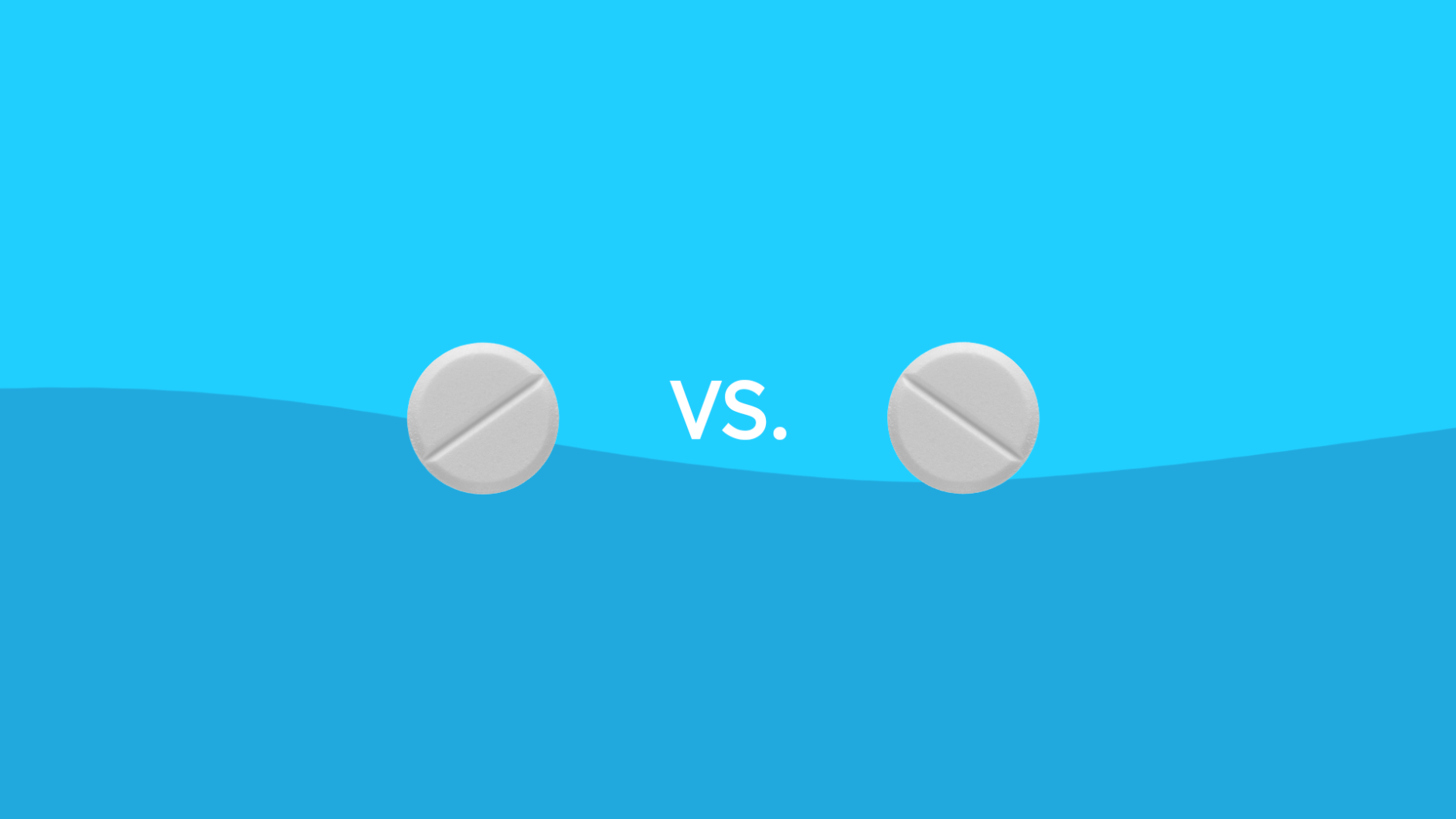Key takeaways
Zantac (ranitidine) and Prilosec (omeprazole) are used to treat GERD and other gastrointestinal conditions, with Zantac acting as a histamine H2 antagonist and Prilosec as a proton pump inhibitor.
Both medications can decrease acid production to alleviate acid reflux, but they work through different mechanisms and have distinct drug classifications.
Zantac and Prilosec can cause similar side effects like abdominal discomfort or diarrhea, though Prilosec may have a higher risk of adverse effects such as C. diff infection.
Despite their efficacy in symptom relief within 24 hours, neither Zantac nor Prilosec is recommended for long-term use without medical supervision due to potential health risks.

Zantac has been recalled by the FDA. Consult your doctor about which medication is right for you. Read more about the recall here. The original post has been preserved for informational purposes only.
Zantac (ranitidine) and Prilosec (omeprazole) are two brand name medications that can treat gastroesophageal reflux disease (GERD). Zantac works as a histamine H2 antagonist and Prilosec works as a proton pump inhibitor. Although they both work differently, they produce similar effects such as reduced stomach acid. Their similarities and differences will be reviewed here.
Zantac
Zantac is the brand name for ranitidine. As a histamine H2 antagonist, it blocks the production of acid by blocking histamine in the stomach. Other than GERD, Zantac is approved to treat stomach ulcers, erosive esophagitis, and other hypersecretory conditions.
Zantac is available as a 75 mg, 150 mg, and 300 mg oral tablet. It is usually taken once or twice per day depending on the condition being treater. Symptom relief is usually felt within 24 hours of taking Zantac for GERD. Zantac is not usually recommended for long-term use.
Zantac may be need to be monitored in those with liver or kidney impairment.
Prilosec
Prilosec is the brand name for omeprazole. As a proton pump inhibitor (PPI), it works directly on acid pumps in the stomach to reduce acid production. Prilosec can treat stomach ulcers, erosive esophagitis, GERD, and other hypersecretory conditions. Prilosec can also treat H. pylori infections as well as Barrett’s esophagus.
Prilosec is available as a 10 mg, 20 mg, and 40 mg delayed-release capsule. An oral suspension is also available in 2.5 mg and 10 mg single dose packets. Like Zantac, Prilosec may take at least 24 hours for full symptom relief.
Prilosec can be dosed once or twice per day up to 8 weeks or more depending on the condition being treated. Dosage adjustments may be needed in those with kidney problems.
Zantac vs Prilosec Side by Side Comparison
Zantac and Prilosec are medications that can produce similar effects. While they are similar in some ways, they are also very different. Their features can be found in the comparison table below.
| Zantac | Prilosec |
|---|---|
| Prescribed For | |
|
|
| Drug Classification | |
|
|
| Manufacturer | |
| Common Side Effects | |
|
|
| Is there a generic? | |
|
|
| Is it covered by insurance? | |
|
|
| Dosage Forms | |
|
|
| Average Cash Price | |
|
|
| SingleCare Discount Price | |
| Drug Interactions | |
|
|
| Can I use while planning pregnancy, pregnant, or breastfeeding? | |
|
|
Summary
Zantac (ranitidine) and Prilosec (omeprazole) are two drugs that can treat GERD and other gastrointestinal conditions. Zantac is a histamine antagonist while Prilosec is a proton pump inhibitor. While they work in different ways, both drugs can decrease acid production that is responsible for acid reflux.
Both Zantac and Prilosec can be purchased over the counter. They both have similar side effects such as abdominal discomfort or diarrhea. However, these side effects are usually minimal and decrease over time. As a PPI, omeprazole may have a higher risk of adverse effects such as C. diff infection.
Both drugs produce symptom relief within 24 hours. While they can help treat GERD and other conditions, they should not be used long-term or longer than necessary. It is important to talk with your doctor about these medications if you have GERD. One medication may be better for depending on your symptoms and other medications you take.




